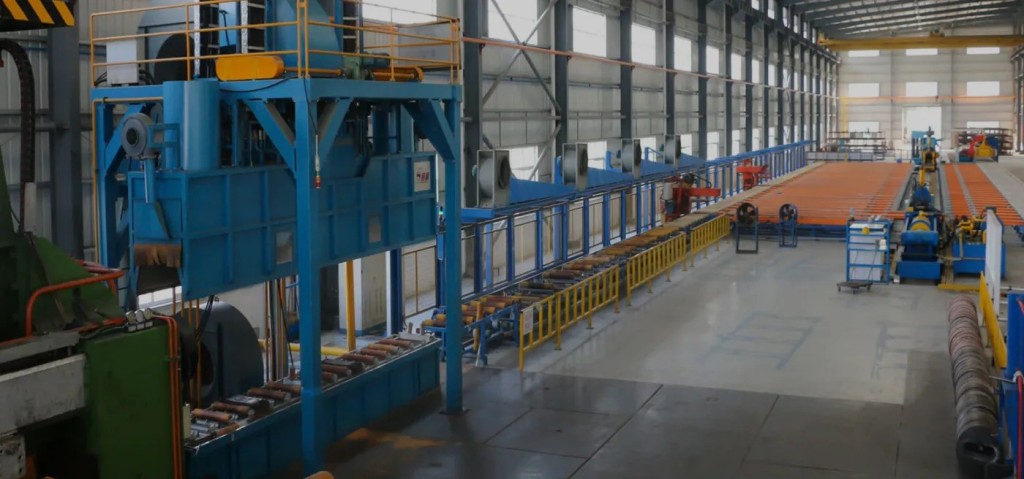
Aluminium profiles are indispensable in a wide range of industries, from construction to electronics. Their versatility, strength, and lightweight nature make them an excellent choice for various applications. In this guide, we will delve into the features, applications, and benefits of aluminium profiles.
What is an Aluminium Profile
An aluminium profile is a form of extruded aluminium that is shaped into various cross-sectional designs. These profiles are manufactured through a process called extrusion, where aluminium is forced through a die to create specific shapes. This method allows for a high degree of customization, making aluminium profiles suitable for numerous uses.
Key Features of Aluminium Profiles
- Lightweight: Aluminium is about one-third the weight of steel, making it an ideal choice for applications where weight reduction is crucial.
- High Strength: Despite its lightness, aluminium has excellent strength-to-weight ratios. Certain aluminium alloys can even surpass the strength of some steels.
- Corrosion Resistance: Aluminium naturally forms a protective oxide coating, which enhances its resistance to corrosion and ensures durability in various environments.
- Thermal Conductivity: Aluminium profiles have excellent thermal conductivity, making them perfect for heat sinks and other applications where heat dissipation is necessary.
- Versatility: The extrusion process allows for an almost limitless variety of shapes and sizes, catering to specific design and functional requirements.
- Recyclability: Aluminium is 100% recyclable without any loss in properties, making it an eco-friendly material.
Applications of Aluminium Profiles
- Construction: Used in window frames, curtain walls, and structural components due to their strength, flexibility, and aesthetic appeal.
- Automotive: Employed in vehicle frames and body panels to reduce weight and improve fuel efficiency.
- Electronics: Essential in creating heat sinks, housing for electronic devices, and other components where thermal management is critical.
- Furniture: Provides a modern look and durable structure for various furniture designs.
- Solar Energy: Integral in the construction of solar panel frames and mounting systems due to their durability and resistance to weathering.
Benefits of Using Aluminium Profiles
- Customizability: With the extrusion process, aluminium profiles can be tailored to meet precise specifications and design requirements.
- Durability: The natural corrosion resistance of aluminium ensures longevity and low maintenance.
- Aesthetic Appeal: Aluminium profiles can be anodized or painted, providing a sleek, modern look suitable for various design styles.
- Sustainability: As a fully recyclable material, aluminium contributes to sustainable practices and reduces environmental impact.
- Cost-Effective: Aluminium profiles offer an excellent balance of performance and cost, making them a practical choice for many projects.
In conclusion, aluminium profiles are a versatile, durable, and cost-effective solution for many industries. Their unique properties make them suitable for a wide range of applications, and their benefits extend beyond mere functionality to include environmental sustainability and aesthetic flexibility. For more information on aluminium profiles, visit Naview Aluminium.
Leave a comment